Financing affordable development for small-scale manufacturing is difficult in many of our cities and towns, but a few key tools can make a big difference both for non-profit and for-profit developers. New Market Tax Credits are one great tool that may be complex to apply, but are getting easier to use as new examples of their use for small-scale manufacturing continue to pop up all over the country.
New Market Tax Credits provide a tax benefit to investors that finance projects in low-income neighborhoods (Census-defined tracts) to help create jobs and neighborhood benefits. Investors receive a credit on their federal income taxes, and local projects receive an injection of investment dollars. In general, a Community Development Enterprise (CDE) will receive the credits from the federal government, bring in an investor for those credits, and use the proceeds to invest in a qualified project. For more details about how the NMTC program works, check out this overview from the CDFI Fund.
Credits and Projects
Historically, NMTC’s have been used for urban redevelopment projects and to fund the efforts of many Community Development Corporations like 3CDC in the Over-the-Rhine neighborhood of Cincinnati. These credits have a tough reputation (highly competitive, complex to use, and high lawyer fees), but they have a great potential application for rehabilitation and new construction for small-scale producers and should be closely examined as a financing option.
Non-profit developers of makerspaces and small-scale manufacturing space are also beginning to use this tool. The Baltimore Arts Realty Corporation (BARCO) is using $3.5 million in NMTC for their project to create a makerspace, called OpenWorks. The space will focus on youth programming, small business development, and workforce development in the Station North neighborhood, making it a great candidate for NMTC. The credits represent about one-third of the project’s total budget. Other funding for the development – pre-development, hard costs and programming – come from foundations, federal, state and local grants, and debt.
According to Amy Bonitz, President & CEO of BARCO, they had no trouble finding a CDE and investor interested in their deal. She attributes this partially to the fact that the real estate project was shovel ready and had all of its funding in place – making it an attractive deal. She ultimately chose a CDE investing in a large housing development just a few blocks away because of its neighborhood focus.
Ms. Bonitz noted a few challenges regarding use of NMTC for any kind of project. First, the credits only come out every year or two so it is difficult for developers to predict what credits will be available and when. Check out NMTC advocacy here to better understand the timing of allocations. Second, the CDE’s want to place their credit allocation as quickly as possible so that they can reapply for additional credits. This means that shovel-ready projects are in high demand. But qualifying projects must show that – but for the credits – the project would not happen. A bit of a catch-22 for a project that needs to be shovel-ready.
Ms. Bonitz successfully positioned the OpenWorks project to be shovel-ready by soliciting pre-development funding from local foundations. With this external funding, the project could move forward without putting all of BARCO’s operating capital at risk.
Other Tools
New Market Tax Credits are a strong financing tool for affordable real estate products for small-scale manufacturing but are just one of many out there. Do you have a project that used Historic Preservation Tax Credits to rehabilitate a building for small-scale producers? What other financing tools do you use? Let us know here and we may feature your project in a future post.

